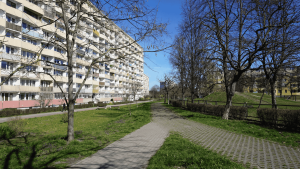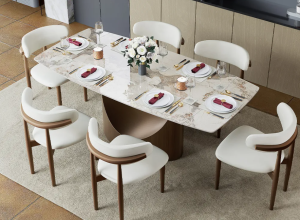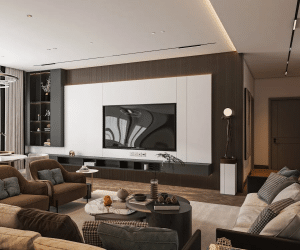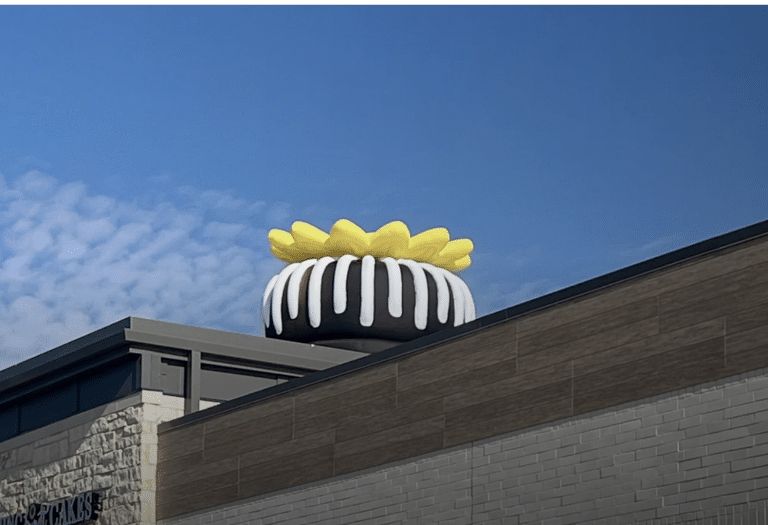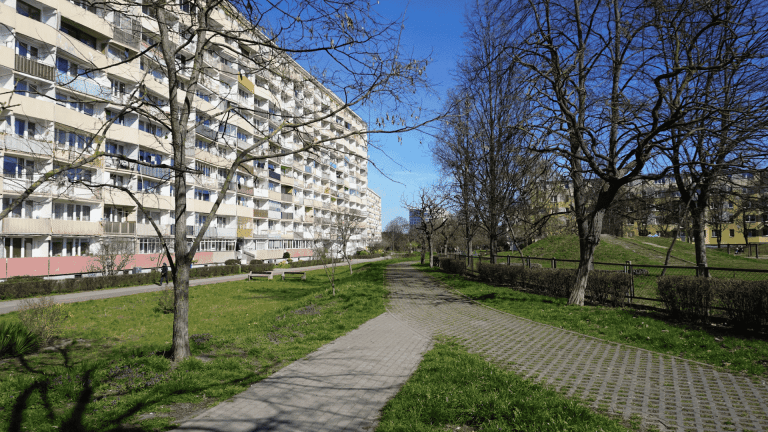Creating a seamless connection between indoor and outdoor spaces is more than just a design trend; it’s a lifestyle choice that promotes comfort, wellness, and functionality throughout the year. Modern homeowners are increasingly seeking ways to blur the boundaries between their interiors and exteriors to enjoy fresh air and nature without sacrificing the conveniences of indoor living.
Whether it’s for entertaining guests, relaxing with family, or simply enjoying a quiet moment alone, merging these two realms can transform how you experience your home. From strategic furniture placement to the use of versatile materials, there are countless ways to achieve this harmonious balance.
A Cozy Retreat: Elevating the Bedroom for Indoor-Outdoor Harmony
The bedroom is often the most private sanctuary in the home, yet it can also be the perfect space to embrace the beauty of indoor-outdoor living. Large sliding glass doors or French windows invite natural light and outdoor views, creating a soothing atmosphere that bridges the gap between your personal haven and the environment beyond.
Incorporating natural materials such as wooden floors, linen curtains, and potted plants reinforces this connection, ensuring your bedroom remains a restful retreat that reflects the outdoors.
At the heart of this space lies the mattress, which plays a crucial role in creating comfort that complements the fresh, airy appeal of an indoor-outdoor inspired bedroom. A high-quality mattress ensures restful sleep and enhances overall well-being, allowing you to fully enjoy the calming ambiance of your surroundings. For those looking to upgrade their sleep experience, you can visit the nearest Mattress Factory showroom for the best Stearns & Foster promotions & deals. By pairing the perfect mattress with nature-inspired design elements, your bedroom becomes a year-round oasis that embodies the best of both worlds.
Seamless Transitions Through Architectural Design
One of the most effective ways to blend indoor and outdoor living is through thoughtful architectural features. Floor-to-ceiling glass walls, retractable doors, and wide-open windows break down the physical barriers that typically separate the interior from the exterior.
These elements not only invite abundant natural light but also create visual continuity between spaces. By aligning flooring materials—such as using similar tiles or decking inside and outside—you can create a smooth transition that feels effortless and organic.
Multi-Functional Outdoor Spaces
Year-round comfort requires outdoor spaces that adapt to various weather conditions and activities. Consider designing areas that can serve multiple purposes—like a deck that doubles as a dining space or a patio that transforms into a lounge. Incorporating retractable awnings, pergolas with adjustable slats, and weather-resistant furnishings ensures these areas remain inviting in both warm and cool seasons. Adding features such as built-in seating, outdoor kitchens, or fire pits further encourages frequent use.
Climate-Control Strategies for All Seasons
To truly enjoy your indoor-outdoor living space year-round, climate control is essential. In colder months, radiant heating systems, outdoor heaters, and well-insulated windows can maintain warmth without sacrificing the connection to nature. During warmer seasons, ceiling fans, misting systems, and strategic shading from trees or canopies help keep the area cool and comfortable. Incorporating energy-efficient solutions like double-glazed windows and eco-friendly insulation materials enhances comfort while reducing environmental impact.
Integrating Nature Through Landscaping
Landscaping is a powerful tool for blurring the lines between indoors and outdoors. By selecting plants that thrive year-round and complement your interior décor, you can create a natural flow that extends the visual appeal of your home’s interior into the surrounding environment. Vertical gardens, container plants, and strategically placed greenery can bring a sense of continuity and tranquility. Water features such as fountains or small ponds introduce soothing natural sounds, reinforcing the sense of calm and harmony.
Lighting that Unites Spaces
Lighting plays a pivotal role in setting the mood and ensuring that indoor and outdoor areas feel connected. Layered lighting, which combines ambient, task, and accent lighting, creates a warm and inviting atmosphere across both spaces. For example, matching pendant lights or lanterns inside and outside can tie the areas together visually. Solar-powered outdoor lighting and energy-efficient LED fixtures provide sustainable illumination while highlighting architectural details, walkways, and garden features.
Furniture and Décor Continuity
Choosing furniture and décor that complement both indoor and outdoor areas reinforces the sense of unity. Opt for materials that can withstand outdoor conditions yet look stylish indoors, such as rattan, teak, or powder-coated metal. Neutral color palettes and natural textures ensure a seamless aesthetic transition. Indoor furniture can be mirrored outdoors with weather-resistant fabrics and cushions, creating a consistent look and feel.
Smart Technology for Enhanced Living
Incorporating smart home technology can elevate the indoor-outdoor living experience by providing convenience and comfort throughout the year. Automated blinds, programmable lighting systems, and weather-responsive thermostats make it easy to adapt to changing conditions. Outdoor entertainment systems, including wireless speakers and weatherproof televisions, allow you to enjoy your favorite activities without interruption.
Culinary Spaces that Bridge the Divide
Kitchens are natural gathering places, and creating culinary spaces that extend outdoors can significantly enhance your year-round living experience. An indoor kitchen that opens directly to an outdoor dining area or cooking station creates an effortless flow between food preparation and dining. Installing a pass-through window or a retractable glass wall makes serving meals outdoors simple and convenient.
Creating Inviting Social Zones
Finally, a successful indoor-outdoor living design encourages social interaction. Design areas that naturally draw people together, such as cozy seating arrangements around a fire feature, or an outdoor lounge adjacent to the living room. Using rugs, cushions, and throw blankets that complement indoor textiles ties the spaces together visually and provides comfort during cooler evenings. Whether hosting large gatherings or intimate family moments, these inviting social zones make it easy to enjoy the best of both indoor comfort and outdoor freshness.
Blending indoor and outdoor living is a creative and rewarding process that transforms the way you experience your home. By carefully considering design elements—from architecture and furniture to lighting and landscaping—you can create a space that is comfortable, functional, and visually harmonious all year long. The result is a lifestyle where the beauty of nature and the conveniences of modern living come together seamlessly, offering a sense of balance and tranquility that enriches daily life.






